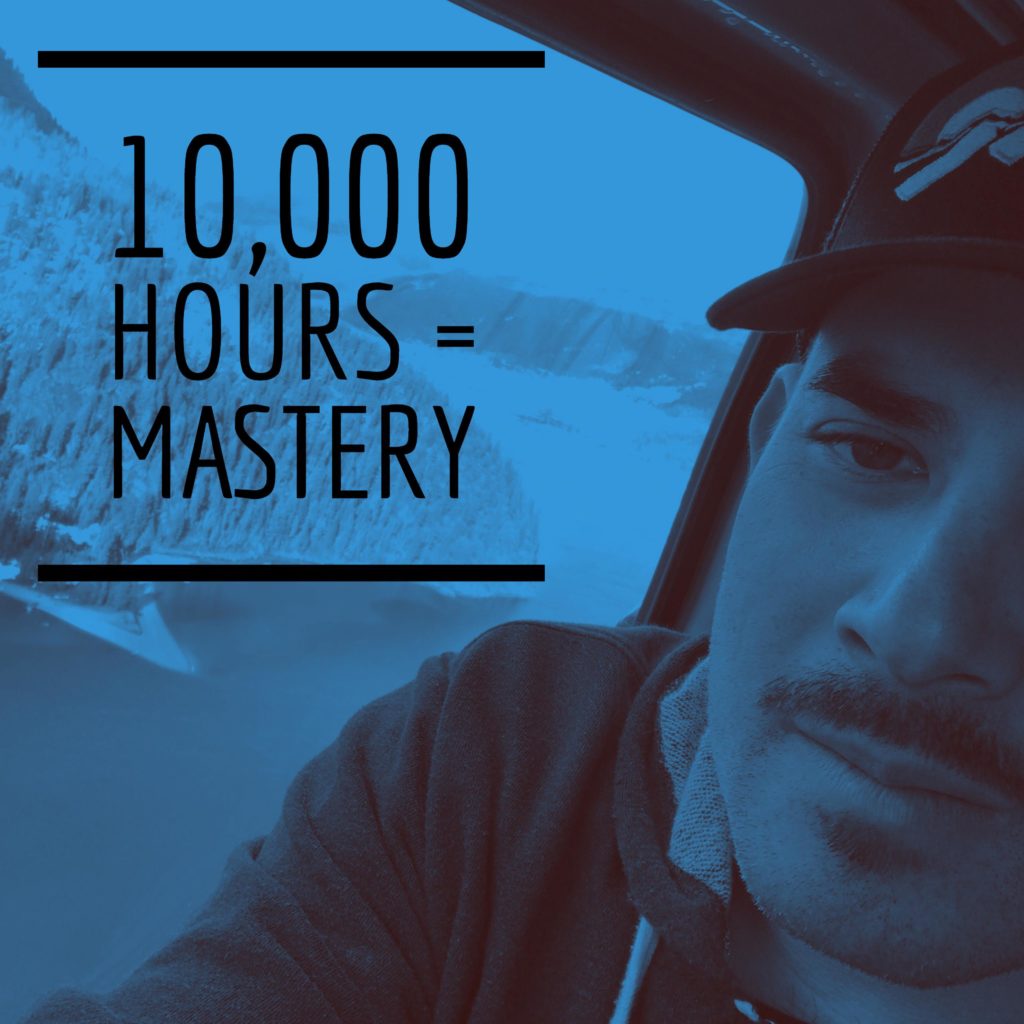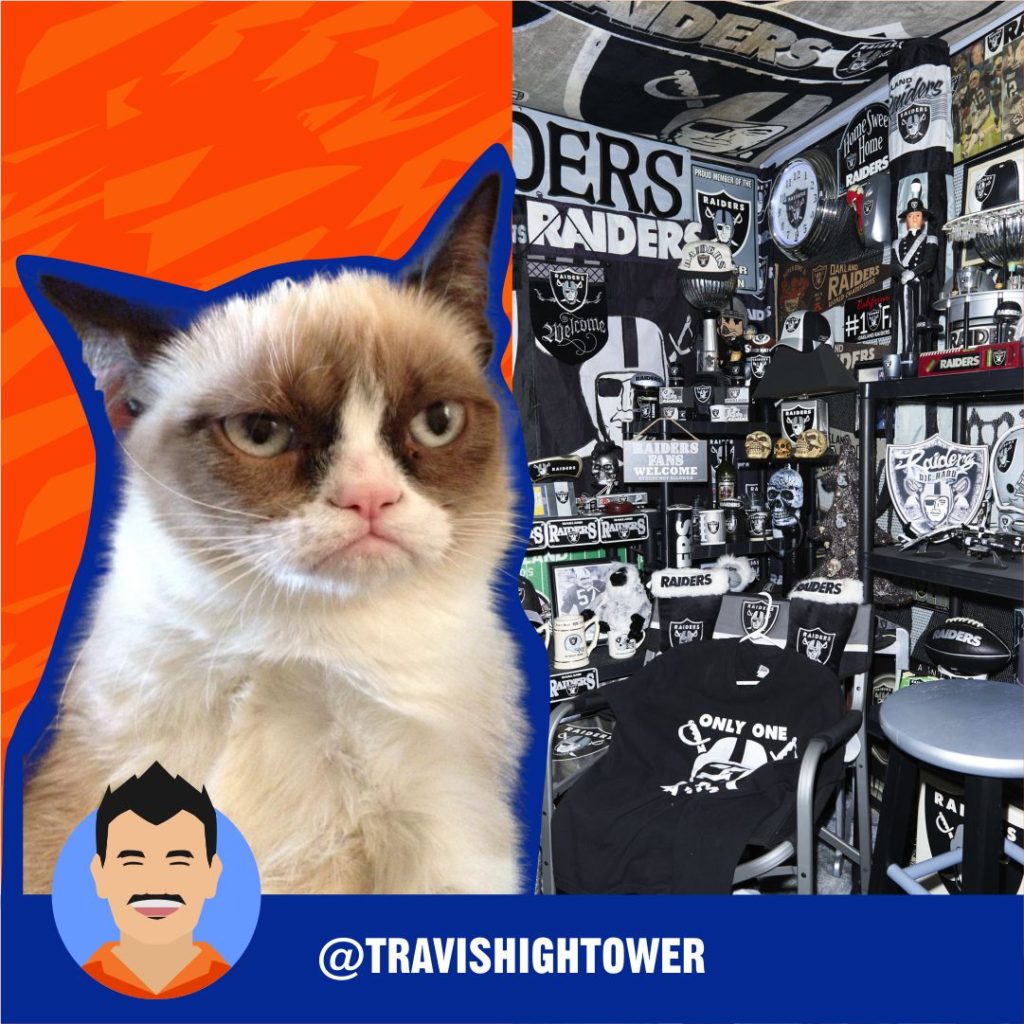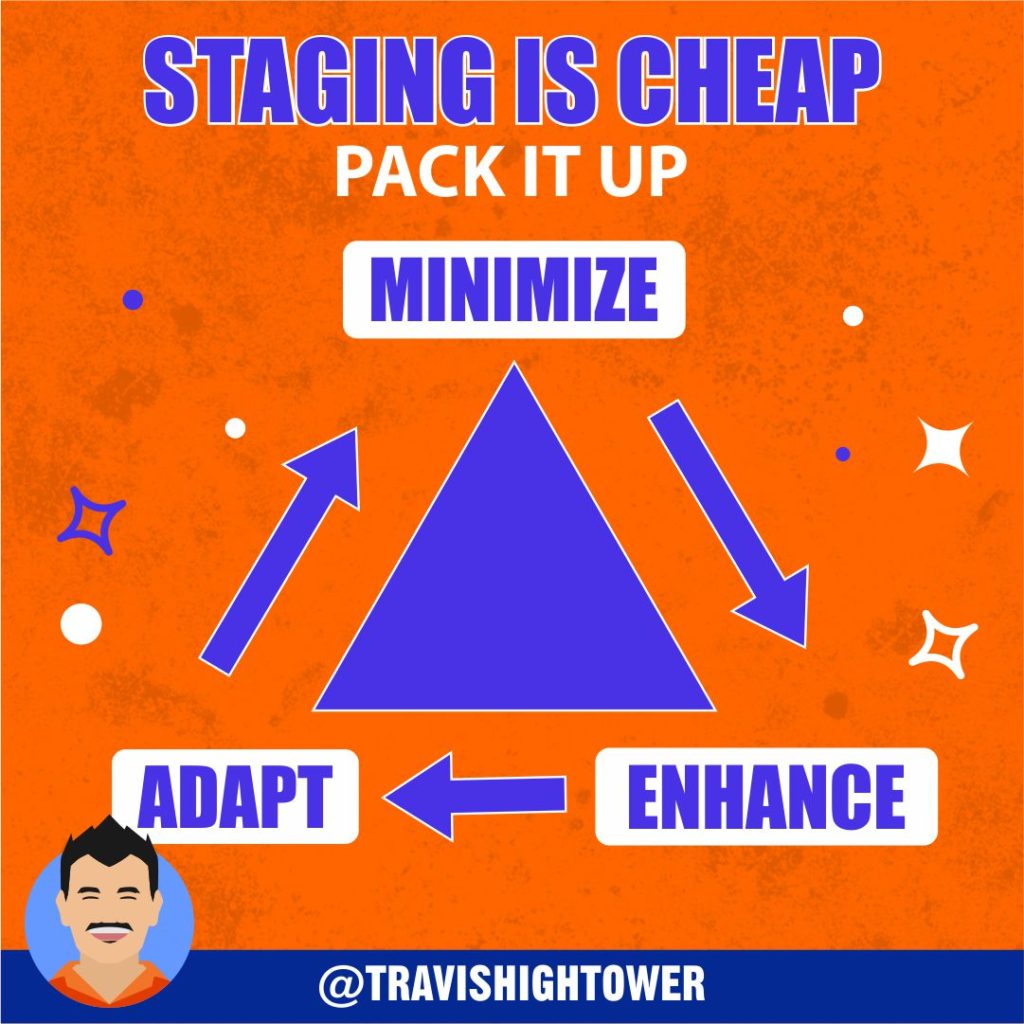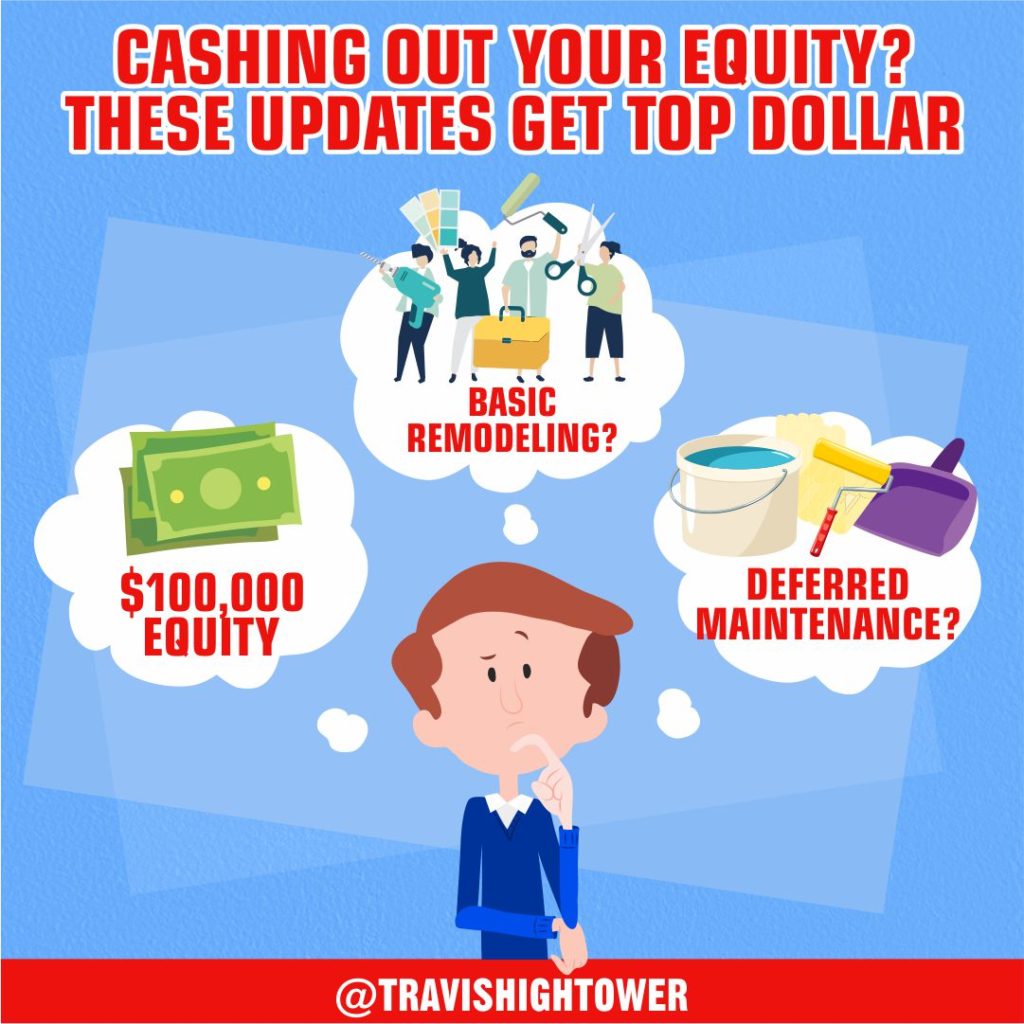
The past few years home values have been a moving target. It’s been tough to pinpoint a property value due to the limited supply of home for sale and tons of buyers in the marketplace. Literally, supply and demand have been determining values. If you’re thinking about selling, here’s how to determine the value of your home.
Home Value Tug-of-War
There are always 2 factors working in tandem when you list your home for sale. In any free market, there is a constant tug of war between “Our price” and the “Market Price”.
#1 “Our Price” – our initial list price and what we think your home will sell for within our marketing timeframe.
#2 “Market Price” – This is the value of your home as determined by the real estate market as a whole.
When pricing your home it’s based on many factors right? Location, conditions, style, and most importantly sentimental value, what you feel like your home is worth, automated values online etc.
The real truth is the market dictates the price. And that’s where the tug of war comes in. To illustrate, think about a push-pull that is constantly happening in the marketplace.
Pricing Your Home to Sell

For sellers that price too low, the market pushes their price up to the value it should be. The opposite is true for Sellers that price too high, the market will push the price down to sell.
When determining your initial list price, we’re taking many things into consideration. Location, condition, style, size. And then we’re going into the market to find recent comparable sales to find out what they sold for. Which ultimately will determine your value. When comparing homes that recently sold we will look at the condition, location, and proximity to your home. Then pinpoint a range of possible values that your home will sell for.
When we come up with “our price” we’ll ultimately be testing it against the market once we put it on the MLS. So it’s important to assess the market data and how long it takes for homes to sell.
Reading Market Data & Home Values
Let’s say a house a couple of doors down very similar to your home sold within 2 days of being listed. We know that it was possibly listed low, or the market found it super desirable. Like it had a ton of updates, or a big lot, or some feature or selling point that got a ton of buyers interested. And conversely, if we find a house that recently sold after 60-90 days with multiple price reductions it means the started too high and the market pushed the price down and it took longer to sell.
When we collect all of this information, we’re coming up with our pricing strategy and initial list price. Which will help us determine how long the home is going to be on the market before it ultimately sells. Especially since supply and demand are driving price all the time.
What is Supply and Demand?
Here’s a good example of how supply and demand works. Look at seasonality here in Colorado. During the Winter it’s the worst time to sell. Right? Fewer buyers in the marketplace. Houses don’t look as is nice. The photos don’t pop as much. The opposite is true during the Summer, there are more buyers looking, the houses are selling themselves with color and everything’s green and beautiful. Meaning fewer buyers are in the market, fewer homes are for sale, and prices generally sell for less in the winter vs. summer.
Home Value vs. Time on Market
Knowing that supply and demand drive pricing like any free market, if we start to high prices are going to be driven down. And if we start to low prices are going to be driven up with a ton of demand. That being said the goal is to price that’s right in the middle. We don’t want to reach too far and overprice to where we have to drop to get showing activity. And we don’t want to start too low where there’s just so many people in the house that it’s almost overwhelming for buyers.
Today here in 2019, the selling season it’s very different from last year. Last year we had a lot of supply and demand pricing where you could start high because the market demand was so high and prices were being driven up to meet that number. And there were many buyers willing to do appraisal gap guarantees, or wave inspection, or remove a lot of their contingencies just to be able to win that deal.
This year, the buyer demand has been healthy but it’s not been like last year. So when you’re pricing your home start in the middle. Find something that feels right and aligns with the condition, the comps that you’re seeing in the market, and then your overall timing. Basically how long you want to be on the market for. There’s nothing worse than doing this for months on end where you’re literally waiting for that next showing and you’re trying to get your house cleaned up and ready for those buyers with the hopes that they’re going to purchase.
The Market Always Knows Your Home Value
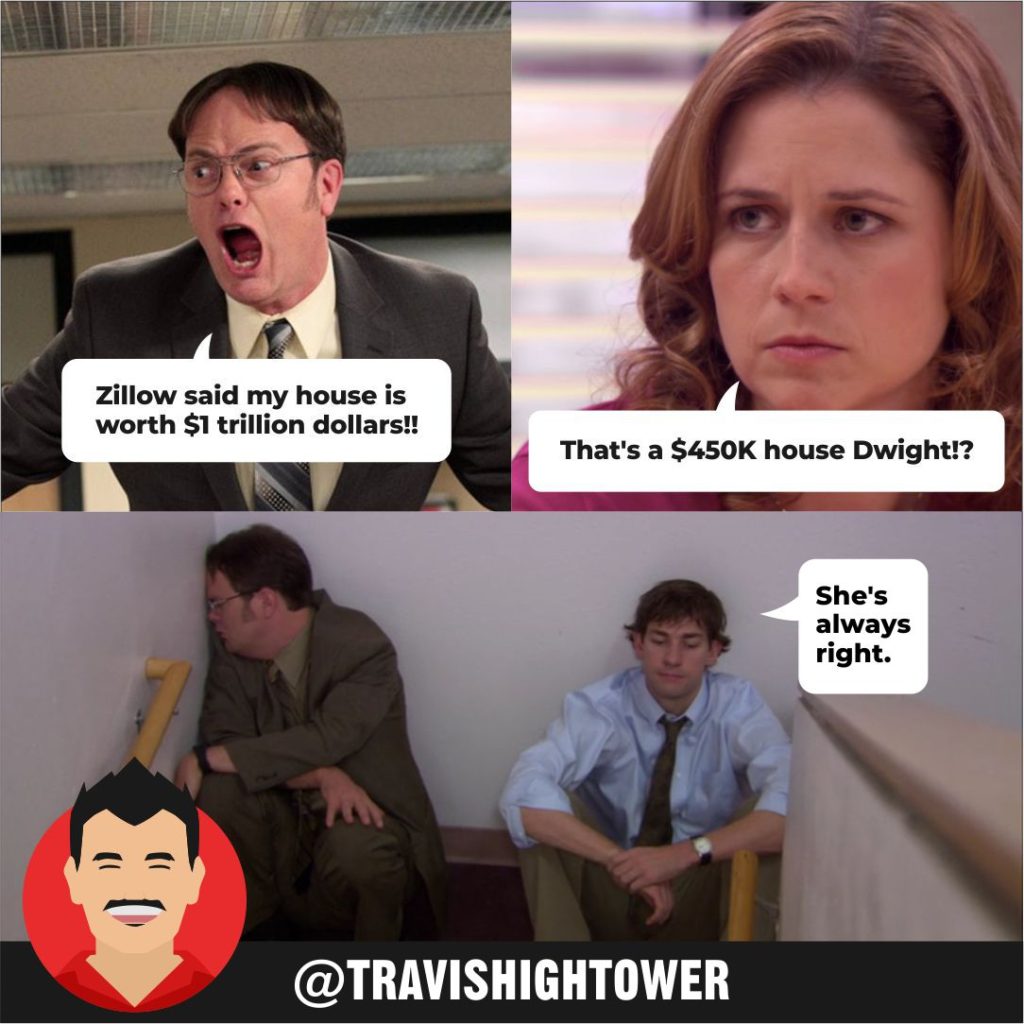
The market always knows when we price a house. For example, here in the Highland if I put a house on the market for $100,000 and I had the entire width of the market looking at it, guess what? It’s not going to sell for $100,000. Right? The market’s going to push it up with multiple offers, and multiple people are going to come out of the woodworks to purchase this house. Ultimately it will land on a price that’s aligned with the market. Because the entire market got to see it, the entire market got to drive the price to a certain level.
Opposite to that, let’s say I price to a house here in the Highland for $5 million dollars, well above anything else. The market’s going to sit on that home and require the price to be driven down before it will sell. And so the market always knows when we’re coming up with a price. That’s why there’s always a tug of war between “our price” and the “market price” driven by supply and demand.
Home Value Recap
So I’ll recap by saying when we pull comps we want to make sure that we’re pulling recent sales the most comparable to your property. We’re using that market data to come up with a pricing tier and pricing strategy that balances days on market with the current demand and supply in the marketplace.
And always trust no matter what price we come up with that the market always know. Because when we deploy all of the digital marketing we discussed last week and get your home 100% ready to sell the market will show up.
How Can I Help?
If you’d like to check out your home’s value online. There are a lot of great automated tools that you can find on Zillow.com, Redfin.com, even Realtor.com Each will give you an automated value of what your home is worth if you need a spot check of what your home is worth.
For Sellers who want to get a specific home value, contact me. I’d love to sit down with you and come up with a precise value of what your home is worth. We’ll look at comps together and pinpoint the value. If you want to take it a step further we’ll look at active listings in the neighborhood so you can get a feel for what the competition. Just let me know how I can help!


